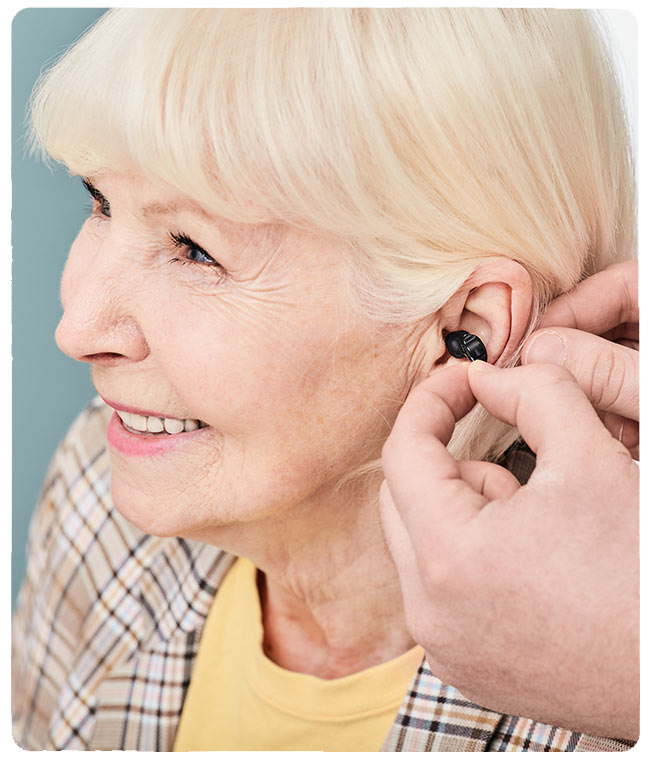An issue with the outer or middle ear stops sound waves from getting to the inner ear, resulting in conductive hearing loss.
This form of hearing loss is usually curable with the appropriate medical or surgical treatment.
These conditions might be either transient or persistent.
They are caused by problems in the middle or outer ear that prevent sound from reaching the inner ear.
The voices and noises may seem faint to those who have this ailment.
While conductive hearing loss may frequently be treated with surgery and antibiotics, sensorineural hearing loss is always irreversible.
While some forms of conductive hearing loss are irreversible, others are treatable with the right medical attention.


